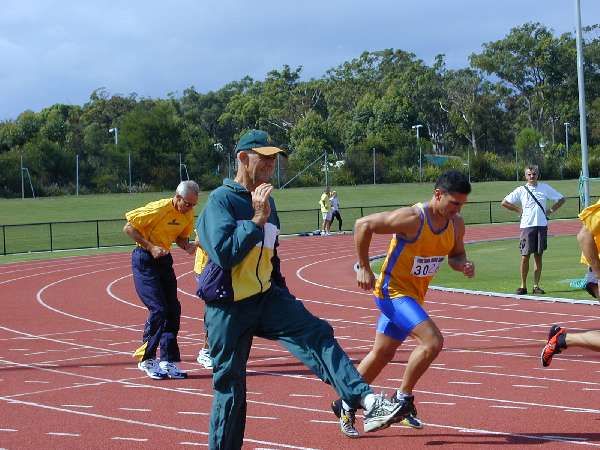Dynamic Stretching or Static Stretching before physical activity ?
It almost goes without saying that athletes should stretch before playing or working out.
But, a surprising amount of new research is questioning that belief and challenging the notion that stretching is effective in improving performance. Surprisingly, there is little scientific evidence that supports the performance benefits theory of stretching. In fact, recent research has begun to demonstrate that stretching prior to physical activity actually decreases performance.
This of course refers to Static stretching. Wikipedia defines Static Stretching as “a type of stretch whereby a person stretches the muscle until a gentle tension is felt and then holds the stretch for thirty seconds or until a muscle release is felt, without any movement or bouncing.“.
Researchers at California State University, Chico observed the effects stretching had on vertical jump technique and performance. After a 3 minute warm-up on a stationary bike, one half the subjects rested while the other half performed a series of stretches. Results indicated that over half the subjects in the stretching group decreased jumping performance following stretching. The researchers note that decreasing muscle stiffness is primarily related to increased muscle temperature
and not the effect of stretching. Furthermore, stretching during the warm-up period for dynamic physical activity may be counterproductive to vertical jump performance. It was concluded that warming up the muscles prior to activity was more beneficial than stretching before activity.
On the other hand, a beneficial method of relaxing and preparing muscles for physical activity is by Dynamic Stretching. Wikipedia defines Dynamic Stretching as “a walking or movement stretch. By performing slow controlled movements through full range of motion, a person reduces risk of injury. Proprioceptive neuromuscular facilitation (PNF) is a type of stretch for a particular muscle and its specific job, so resistance should be applied, then the muscle should be relaxed. Static stretching is a type of stretch whereby a person stretches the muscle until a gentle tension is felt and then holds the stretch for thirty seconds or until a muscle release is felt, without any movement or bouncing”
Exercise science expert Michele Olson, Ph.D., professor of exercise science at Auburn University Montgomery advises “Static stretching is not the optimal way to warm-up before you run,” Olson says. It is now proven that you could actually strain your muscles with static stretching, and there is evidence that stretching muscle and in-fact be detrimental to ones performance. Instead, focus on getting oxygen to your muscles and warm them up—literally, Olson recommends. “Start out by walking and trotting: swing your arms; shrug your shoulders and slowly elevate your heart rate for about 10 minutes before you pick up your pace.”


